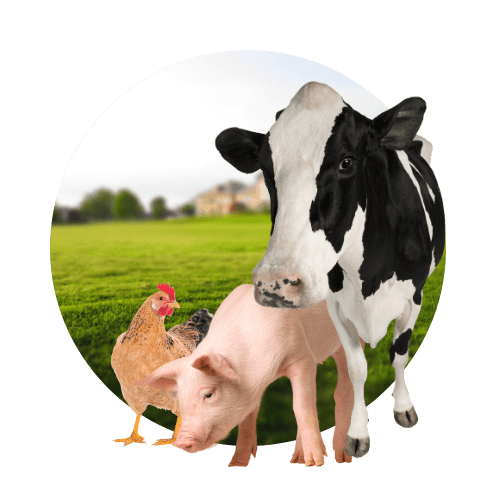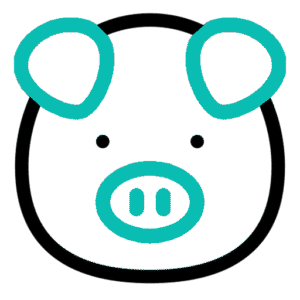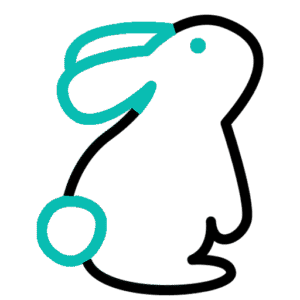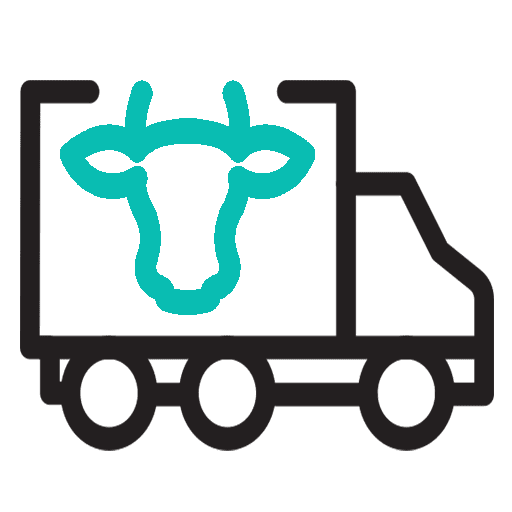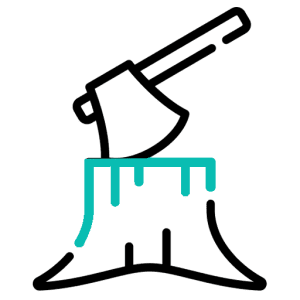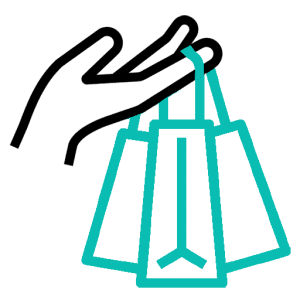Hey there fish friends! Today, we’re diving into the deep waters of fish farming and exploring the often-overlooked world of life in a tank for our finned friends. As the demand for seafood continues to rise, so does the booming industry of aquaculture. But what does this mean for the welfare of the fish raised in captivity? Let’s take a closer look at the welfare concerns of farmed fish and the pressing need for regulations to ensure their well-being.

The Welfare Concerns of Farmed Fish
Imagine spending your entire life in a crowded tank, with limited space to swim and interact with others. This is the reality for many farmed fish, who are often crammed into tanks or cages, leading to stress and behavioral issues. The lack of stimulation and natural habitats can take a toll on their physical and psychological well-being.
Confinement in tanks can also lead to increased levels of disease among farmed fish populations. With little room to move and high stocking densities, infections can spread quickly, posing a threat to the health of the fish. Additionally, the use of antibiotics and chemicals to combat these diseases can have further negative impacts on the environment and the fish themselves.
The Need for Regulation in Aquaculture
Surprisingly, there are currently no specific regulations in place to ensure the welfare of farmed fish in many parts of the world. Without clear guidelines and standards, the well-being of these animals is often overlooked in favor of maximizing production and profits. It’s crucial that we advocate for regulations that prioritize the welfare of farmed fish and establish guidelines to ensure their health and happiness.
By implementing regulations that address the living conditions, handling practices, and health management of farmed fish, we can improve their quality of life and reduce the negative impacts of aquaculture on the environment. It’s time to shift our focus from quantity to quality when it comes to fish farming.
Case Studies and Examples
It’s important to shine a light on real-life examples of poor welfare conditions in fish farms to raise awareness and drive change. Stories of fish living in overcrowded tanks without proper care or enrichment are unfortunately all too common. However, there are also success stories of farms that prioritize fish welfare in their operations, demonstrating that it is possible to raise fish humanely and sustainably.
Consumers play a crucial role in promoting ethical aquaculture practices by choosing products from farms that prioritize fish welfare. By supporting responsible aquaculture operations, we can make a positive impact on the well-being of farmed fish and encourage the industry to prioritize ethics and sustainability.




